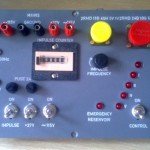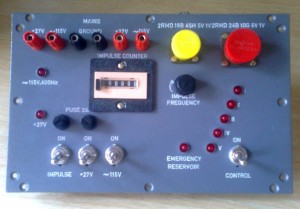India’s recent successes in the areas of indigenous design like the recent PSLV -C26 and its continued efforts towards indigenisation of technology, space exploration, missile technology, fighter aircraft, naval destroyers and submarines, etc. have amply demonstrated the excellent skills and capabilities of its scientists and engineers. With the right kind of support and encouragement from the Indian Government as well as the Armed Services, Indian industry is certainly capable of meeting all the needs of the Indian defence forces over time.
The following benefits would accrue over the long term:
- Indigenous design and manufacture assures supplies and prompt maintenance support as and when the country requires it.
- Indigenous manufacture is always cheaper than imports and leads to a smaller defence budget, allowing the country to allocate higher budgets for education, health and improvement of infrastructure.
- Growth of the domestic manufacturing industry(indigenisation of technology) and the creation of a strong defence manufacturing ecosystem.
- Growth of design and R&D agencies, both in the private and public sectors, leading to the establishment and growth of a strong technology innovation ecosystem.
- Technology spin-offs to non-defence technology areas such as healthcare, medical diagnosis, automotive engineering, inland security, maritime shipping, etc.
- Potential for the country to grow into a defence exporter over the long-term.
- Overall potential for growth of industry in general leading to employment generation.
However, one needs to appreciate this from a long term perspective. Defence equipment belong to highly specialised and restricted domains and hence it is not easy for any industry to jump into it. Defence equipment are required to conform to very high degrees of ruggedness, reliability, and quality. Further, where armaments are involved, issues of safety against accidental ignition also arise. These are issues that are rarely encountered in normal commercial and industrial equipment. It therefore requires an indigenous industry to sensitize itself to these matters before getting involved in the manufacture of defence equipment.
It is evident from the above that the process of indigenisation needs to be implemented in a planned manner with prioritisation based on strategic requirements as well as availability of local talents. Hence, this has to be seen as the long term objective.

